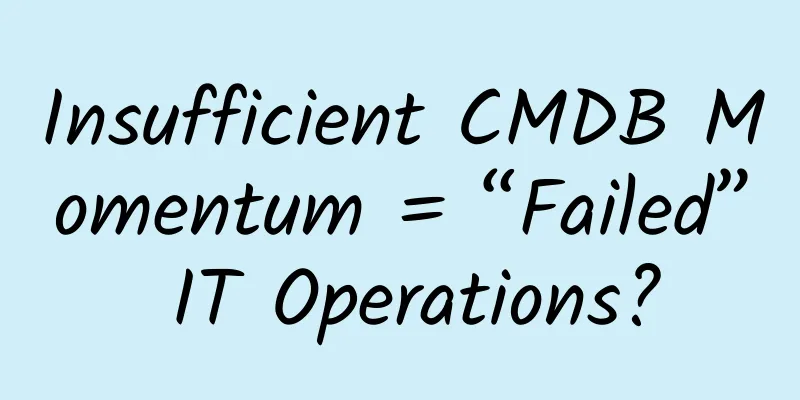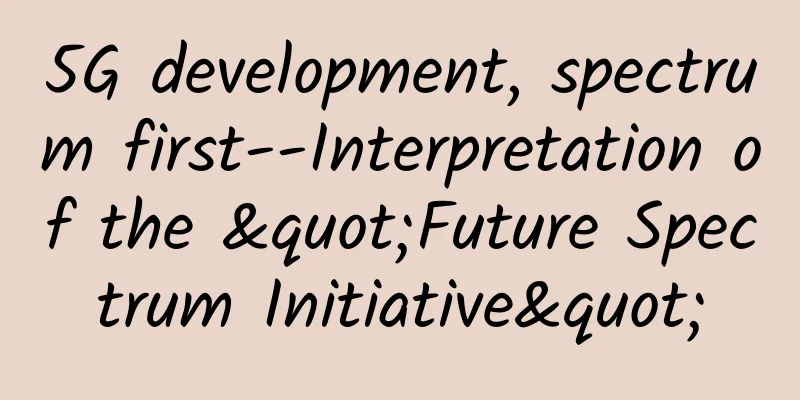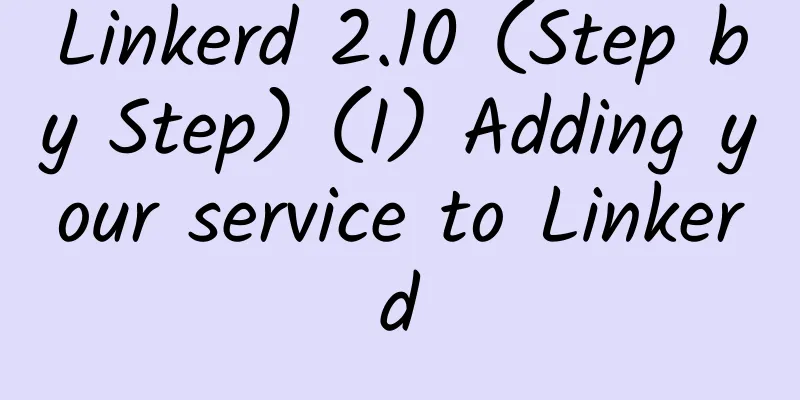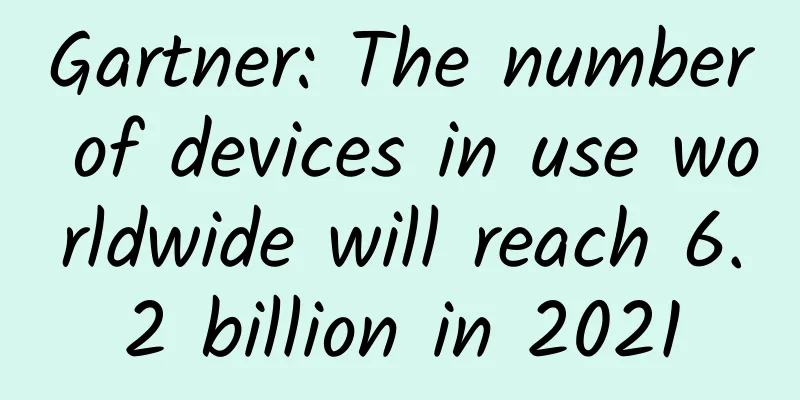Insufficient CMDB Momentum = “Failed” IT Operations?

|
Whether it is the implementation of ITIL in the enterprise, ITSM, BSM, automated operation and maintenance, standardized operation and maintenance, DevOps, end-to-end unified monitoring, or even the most fashionable operation and maintenance big data, intelligent operation and maintenance (AIops), etc., if enterprises want to strategize IT management, it is difficult to bypass the Configuration Management Database (CDMB), and it must be a "successful CMDB." Unfortunately, we have seen many cases of failure. CMDB is not achieved overnight, cost-driven Many people think that the failure of CMDB projects is due to: Leaders don’t take it seriously l Consumption scenarios without data l Tools and technology are not good enough Insufficient process control l …… CMDB first appeared in the ITIL standard 20 years ago. However, due to the lack of technical and tool support, many companies use the "document + human" approach to implement configuration management in ITIL. In the following years, standardized operation and maintenance gradually became popular in China's IT industry, and many users introduced CMDB configuration management services through ITSM/ITIL projects. However, due to the complexity and difficulty of ITIL itself, CMDB is generally difficult to be truly driven and consumed, and may become a pure display and query library, which is what we often call a "face project." Beita Software pointed out: "As the scale of operation and maintenance expands, the cost of data maintenance will increase accordingly. When the self-sufficient management model is difficult to support, the old balance will be broken, and the fulcrum of the new balance will be CMDB." However, this is by no means a project that can be completed overnight. The success of CMDB depends on our correct understanding and preparation for this project. Only through continuous optimization in the "spiral upward" period of the introduction and integration period can its value be finally brought into play. So, how do we transform CMDB from a half-dead marginal system to the core of operation and maintenance? “Strategy, tactics, and weapons” are indispensable Beita Software recommends users: First, define data consumption scenarios from existing operation and maintenance processes and establish an application-centric CMDB by controlling the scope and granularity of CI items; At the same time, we must rely on standard IT operation and maintenance processes to achieve a closed loop of data reading and writing; ***At the tool level, CMDB with automatic collection, intelligent tracking, easy-to-use and flexible enough can help users achieve twice the result with half the effort during project implementation; Traditional CMDB is merely an accessory to operation and maintenance management software and has not received the attention it deserves. In addition, due to the lack of standards, poor integration, information asynchrony, and reliance on manual maintenance, it is difficult to prove its own value, meet user needs, and gain user recognition. To this end, Betasoft launched the latest generation of configuration management software - Betasoft BTRM (Betasoft IT Resource Management): with the configuration management standards of "federation, coordination, synchronization, mapping and visualization" as the core, it strengthens the automatic discovery and data synchronization of multiple objects. Maintain the integrity of IT environment configuration data, effectively improve data accuracy, and present it in a rich and intuitive manner. At the same time, Beita BTRM also supports data consumption methods that are linked to management scenarios, effectively supporting operation and maintenance applications such as operation and maintenance process management, traceability analysis, impact range analysis, automatic deployment, and automatic configuration. In addition, as the core function of CMDB, the definition and presentation of relationships directly affects the intuitive experience and usage effect of CMDB. At the same time, Beita Software fully considers the complexity of enterprise-level user infrastructure and business environment, and adopts multiple automatic processes in CMDB product functions to improve management efficiency and completely free up manpower. For example, in order to efficiently manage configuration information, the BTRM design of BETA provides a variety of automation methods, including automatic discovery, automatic adaptation, dynamic configuration item groups and other features. Among them: l Automatic discovery can regularly and autonomously discover various network devices, hosts, databases, middleware and business applications in the IT environment and include them in the management scope of BTRM l Automatically adapt to provide customized data integration and synchronization services for each business, ensuring that each business has consistent information with the CMDB l Dynamic configuration item groups provide automatic and dynamic configuration item management permissions, and automatically adjust the scope of configuration items within the group under the drive of rules. Through the above-mentioned various automated management methods, the automatic collection, updating and management of configuration information can be effectively improved, the accuracy of configuration information can be automatically maintained, and the possibility of errors caused by human intervention can be reduced. For example, in the actual use of CMDB, we also found that CMDB tools must provide CI locking function. Why is this so? If you do not lock the information of a CI when you make changes to it, it may happen that several places update the information of the CI at the same time. Due to the time difference, it is very likely that the wrong information will be updated to the CMDB. At the same time, if users call CI information during the change process, it may be misleading. Therefore, it is necessary to control the single thread to maintain CI. Only one CI maintenance action can be performed at the same time, and it is necessary to clearly state "who, what, when, and what the result is". In response to these rigid requirements, Beita BTRM provides strict control authorization and audit backtracking functions to prevent any unauthorized changes to configuration information. Only configuration item information changes that have passed compliance management audits can be allowed to change and provided to upper-level applications for consumption. CMDB needs to deliver power to the “lighthouse”
Some people compare ITIL to a "lighthouse for sailing in the dark night" in IT management. This brilliant term has attracted countless companies to either prepare for or have already begun to implement standardized operations in IT operation and maintenance service management. And we know that behind ITIL's powerful process management, CMDB, one of its core components, is the "electricity" of this lampstand. What will happen to operations if ITIL runs out of power or a power outage occurs? Beita Software reminds you: In 2019, are you not ready to find a reliable CMDB? |
>>: What is Layer 4 and Layer 7 load balancing? What is the difference between them?
Recommend
Dalian leads the nation in "Internet + Government Services"
Come listen to the stories of several friends and...
Learn about routers, switches, and network hardware
Today we're taking a look at home network har...
Developers meet in Guangzhou to check in at Kunpeng Salon and see how new computing can enable smart government office!
[51CTO.com original article] At 2:00 pm this Frid...
IKIHOST: $3/month-AMD Ryzen/2GB/30G NVMe/Unlimited traffic @10Gbps/Salt Lake City Data Center
This is the first time that IKIHOST has appeared ...
GINERNET: €19.95/year - 1GB/10G NVMe/1TB/Spain VPS
Is there anyone who needs a Spanish VPS? GINERNET...
Supply Chain Management Is Critical to SD-WAN
SD-WAN is not an all-encompassing solution; it is...
What will the Internet look like in 10 years?
The Internet has evolved tremendously over the pa...
CloudCone Chinese New Year Special Package, Los Angeles 1G memory VPS annual payment starts from $13.5
CloudCone has launched several special packages f...
5G empowers the IoT ecosystem, and co-creation of solutions is the key
[[406782]] In addition to vendors working more cl...
The United States drafted new rules that will allow American companies and Huawei to jointly develop 5G standards
The U.S. Commerce Department is about to sign a n...
South Korean operator SKT invests $100 million in OpenAI competitor to develop large-scale AI models for the telecommunications industry
The trend of big AI models has reached the teleco...
4G networks are getting slower and slower? This may be true, but there is absolutely no conspiracy!
Since the commercialization of 5G networks, the s...
Why is “open source” so important to the Internet of Things?
For the development of the Internet of Things, &q...
In 2017, the cybersecurity industry says no to black production!
[51CTO.com original article] In Keigo Higashino&#...
See if you can handle this kind of interview. How does TCP transmit reliably?
Preface Hello everyone, I am Amazing. It is the g...







![[11.11] TmhHost 30% off, Los Angeles CN2/Japan Softbank/Hong Kong CN2 monthly payment starts from 21 yuan](/upload/images/67cac044abcf4.webp)

